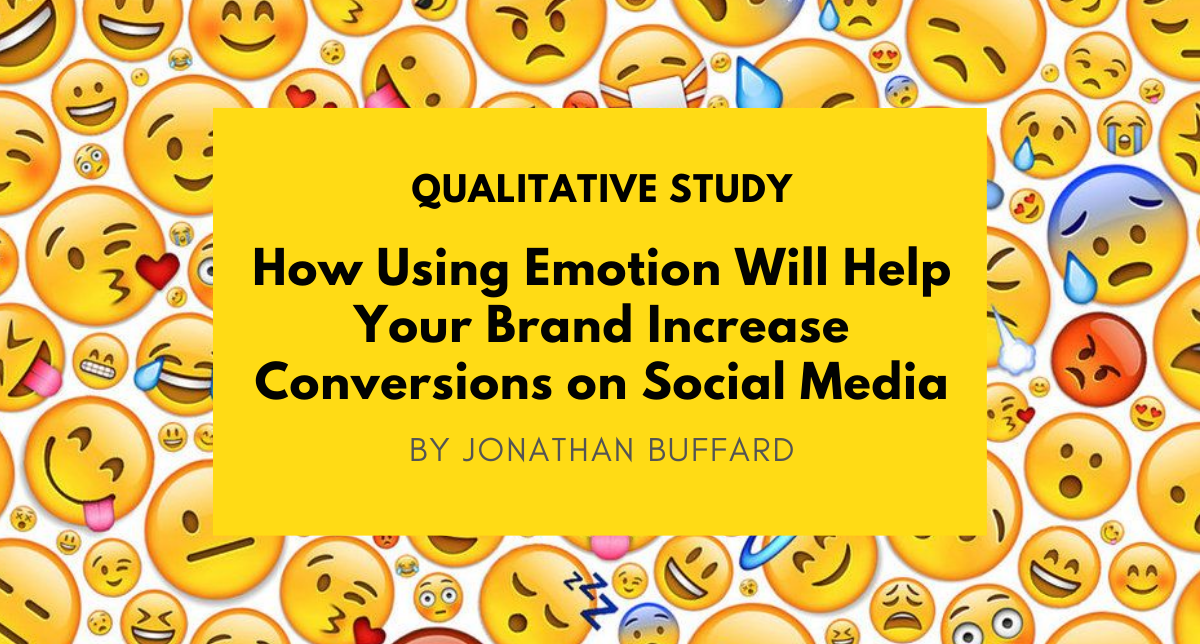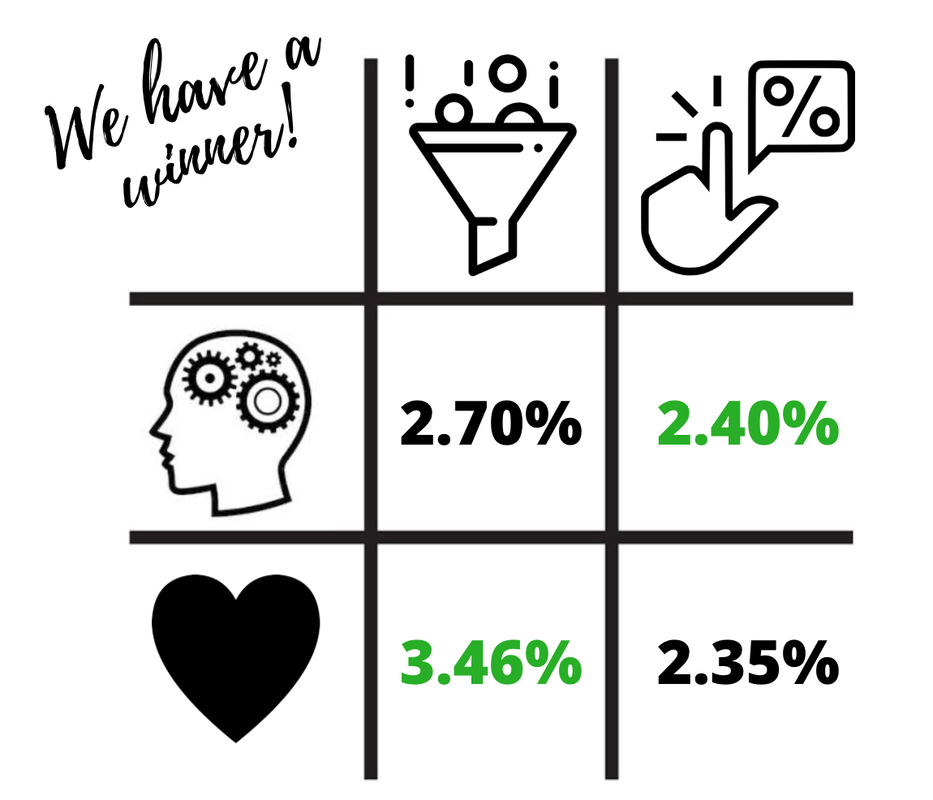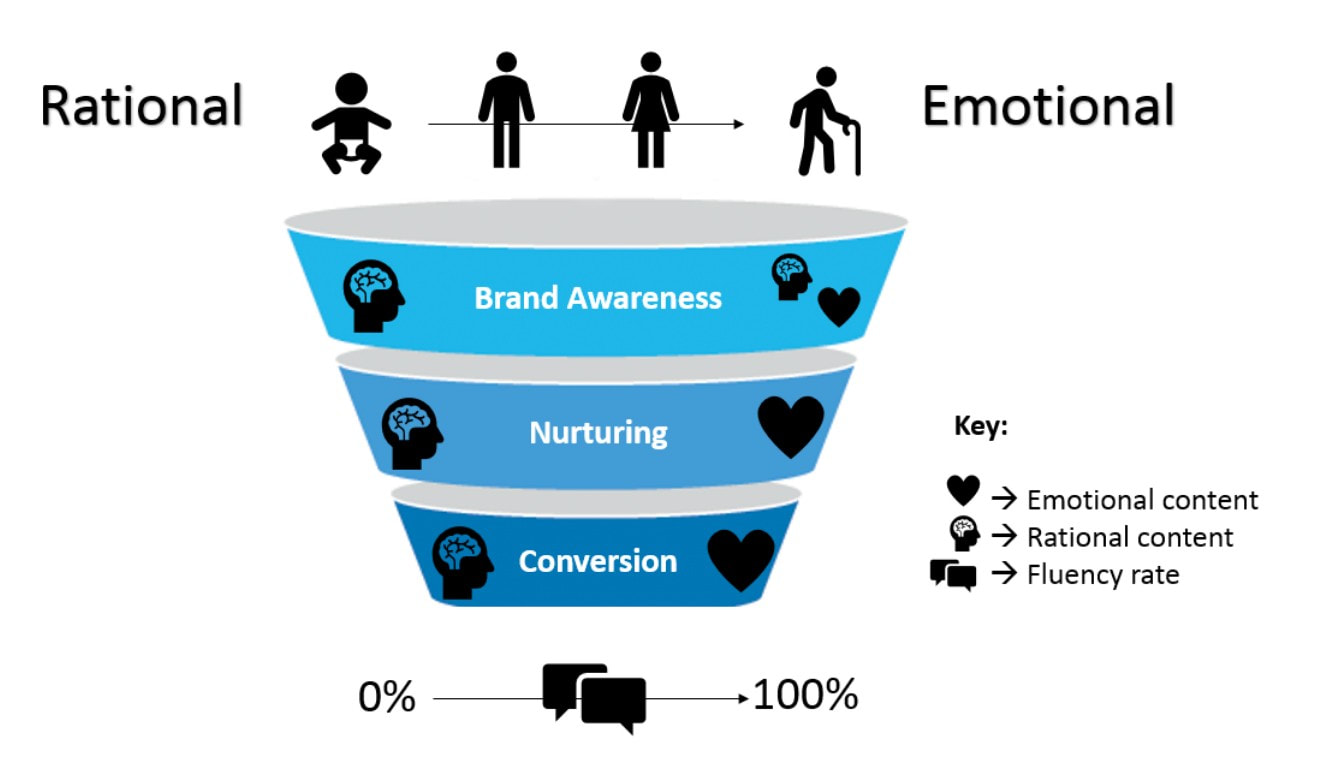Best Digital Marketing Agencies in the Cayman Islands
0 Comments
Have you been struggling to connect with your audience on social media? Having trouble turning a positive ROI on your brand's social campaigns? A new study indicates that it might be because you are not using enough emotion. Most brands treat social like a display channel, which is why companies of all sizes are still struggling to appropriately monetise their social presence. For my MBA's dissertation, I conducted a qualitative study which reached over 2.3 million people and had more than 55,000 engaged participants. This study is the first of its kind and I'm happy to announce that thanks to the help of my faculty advisor, Dr. Angeliki Papasava, it was published in March's issue of The Journal of Digital & Social Media Marketing. Why was the study necessary? From an academic point of view, there are few studies out there on the use of emotion in social media and even less which looked at the interactions between brands and users. The majority of available studies relied on small samples of survey data and as such were limited in both scope and objectivity. I set out to conduct a study which would rely not on opinion but on hard data - data which could be used to draw statistically significant conclusions. When it comes to businesses, most still struggle to get social media right. The study could therefore provide some much needed insight for both businesses and academics. How did the study work? The study, which can be found here in it's entirety, consisted of two field experiments which reached an audience of more than 2.3 million social media users on Facebook and LinkedIn. Men and women aged between 25 to 64 years were targeted in 65 countries through 46 different campaigns. A/B tests were run for approximately two months. Each A/B test measured two ads with the same exact creative asset, but with a difference in copy. The copy for each A/B test portrayed the same meaning, but with one being decidedly more emotional. To analyse the results of the experiments, the study uses the following units of measurement: unique click-through-rate (U-CTR) for engagement — that is, any click on the advertisement by a unique user; and conversion rate (CVR) — that is, when a user successfully fills out a lead generation form. These are the research questions I set out to answer:
The Results are in: From the results we can deduce that the conversion rate is higher for emotional ads and that the engagement rate is slightly higher for rational ads, the below results are statistically significant at 99% confidence. The findings represent a huge opportunity for brands to improve their social media marketing. Using more emotional content can lead to companies saving millions in advertising. " The results show us that the use of emotion is particularly important at the moment of decision making. This is in line with other theories showing that decisions are largely emotional, not logical. There is a 28% uplift in conversion by using emotional copy, a significant amount for anybody looking to improve conversion on their social media campaigns. These campaigns targeted millions of people in more than 65 countries, so when we start to break down the results by demographic, the numbers get even more interesting. Demographic Research Conclusions:
The Rational/Emotional Model for Social Media Messaging So which approach should you take for your next social media campaign? You can use this model to improve your conversion rates according to demographics. When using this model, the first step is to decide where to place a specific audience based on demographics, namely age, gender and fluency in the language of the content. For example, a young male with a low fluency rate would be placed on the rational/ left side. An older female and native speaker would be placed on the emotional/right side — and so on. Depending on where the audience places, the model calls for emotional or rational content at each step of the way. The reason that the brand awareness step includes rational content for both sides of the spectrum is because rational content was often showed to improve engagement for all audiences. When it came to taking a decision/ creating conversion, however, the uplift of emotional messaging was a lot stronger if the demographic characteristics were met.
So, what's next? When brands lack emotional intelligence, the results can be devastating for the brand. There are many examples of brands damaging their brand equity by being emotionally numb/dumb, yet there is little understanding of how brands can best leverage emotions for a positive result. The conclusions of this research can offer a good starting point. A 28% increase in your conversion rate can be the difference between breaking even and making profit, it can be the difference between failure and success, and it can save you millions or a couple of bucks, but either way, it's worth trying. That's why it's important for brands to take a moment - take a step back - and think of how they can humanise and emotionalise their social media presence, to make deeper and better emotional connections which will be mutually beneficial. About the Author: Jonathan Buffard, MBA, is a Digital Marketing Consultant based in Amsterdam available for hire worldwide for Marketing Services and Consulting. |
AuthorJonathan Buffard is a Digital Marketing Consultant with more than 15 years experience, currently offering marketing services and consulting worldwide, from Amsterdam. Categories
All
Archives |





 RSS Feed
RSS Feed